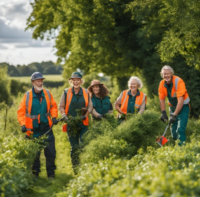Why Digital Tools Are Essential for Supporting the Golden Thread in Building Safety
The Building Safety Act has made a significant impact within the construction industry in the UK and at the heart of this is the Golden Thread. This vital concept ensures that accurate, accessible and up-to-date information is maintained throughout a building’s lifecycle. Our blog post ‘Why the Golden Thread is crucial for Building Safety Compliance’ explains the importance of the Golden Thread in building safety compliance and outlines key details. We highlighted a key challenge is the transition from paper-based records to digital systems and this blog will explain why Digital Tools are essential for supporting the Golden Thread.

















